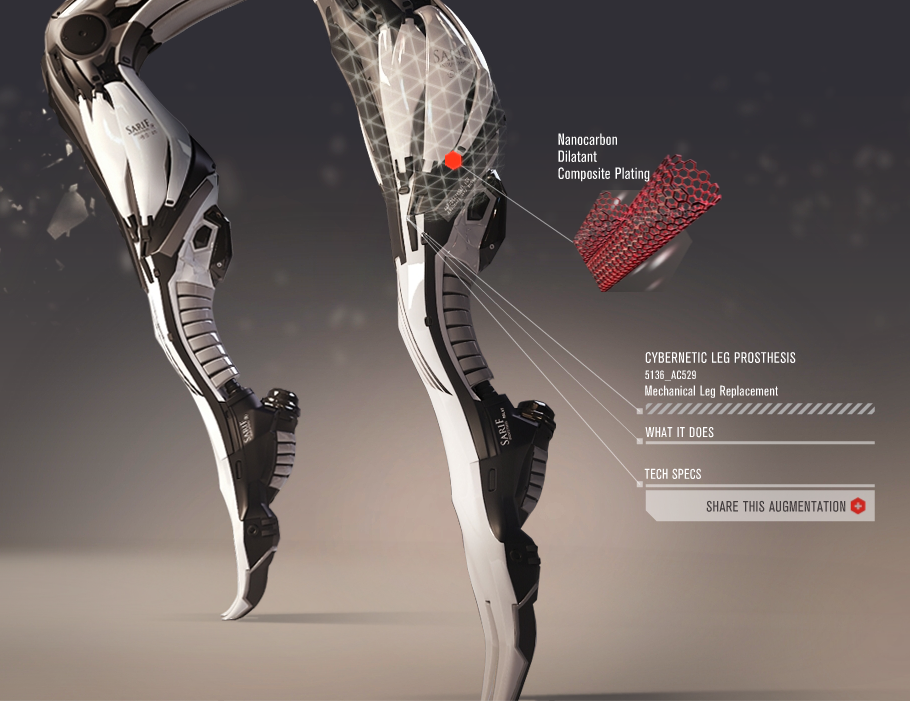From the beginning, people have
procured means to improve the quality of their earthly sojourn. Many products of today have origins that go
back to even before the days of ancient Greece and Rome. I am a biomechanical engineer, and
understanding the engineering techniques from millennia ago helps us to create
new devices that can enable the physically handicapped today. I want to draw your attention to the improvement
of prosthetic limbs over the years.
During
the medieval ages, prosthetic limbs were generally crude devices. Picture the pirate on his wooden peg leg with
leather straps and his hook for a hand.
Most of the advances in the quality and fabrication of these devices
were brought about during war times. Better
materials were developed, functionality was improved, such as joints and
flexibility, and also medical procedures became available.
Fast
forwarding to modern times, there has been tremendous research performed in
recent years which has exponentially helped progress the development of
prosthetic limbs. For example, within the
past 20 years methods have been developed where prostheses can be attached
directly to amputees’ bones. In
addition, electrodes attached to nerves and muscles offers amputees
neuromuscular control of the prostheses.
 There
are still many issues with current prosthetic standards that need to be
addressed. Some areas of future research
concern the longevity of the devices, identifying materials that are safe for
implanting, and improving the mechanics to more closely resemble regular human
motion. Prosthetic devices are also expensive
and many amputees cannot afford the luxury of purchasing one. As a member of the BYU 2ftProsthetics Club, I
work with others in making inexpensive prosthetic legs that we can distribute
to developing countries. Prosthetics have come a long ways, but there
are still many advances to be made.
There
are still many issues with current prosthetic standards that need to be
addressed. Some areas of future research
concern the longevity of the devices, identifying materials that are safe for
implanting, and improving the mechanics to more closely resemble regular human
motion. Prosthetic devices are also expensive
and many amputees cannot afford the luxury of purchasing one. As a member of the BYU 2ftProsthetics Club, I
work with others in making inexpensive prosthetic legs that we can distribute
to developing countries. Prosthetics have come a long ways, but there
are still many advances to be made.
References
Thurston A, Thurston. Parã and prosthetics: The early history of
artificial limbs. ANZ J Surg. 2007; 77(12):1114-9.
Pitkin M. Design
features of implants for direct skeletal attachment of limb prostheses. Journal
of biomedical materials research. Part A2013; 101(11):3339-3348.
doi:10.1002/jbm.a.34606.
This sort of topic interests me, so I read your post as soon as I saw the prosthetic legs. Technology has come a long way from wooden peg legs to bone-bound, moving limbs connected to the nervous system. "Progress" is an understatement in this regard. As for questions, I have a lot for this post, but I won't ask them all. Still, I would like to know the price range for prostheses, just so I can put things into better perspective. How much is the average price, and for what parts?
ReplyDelete